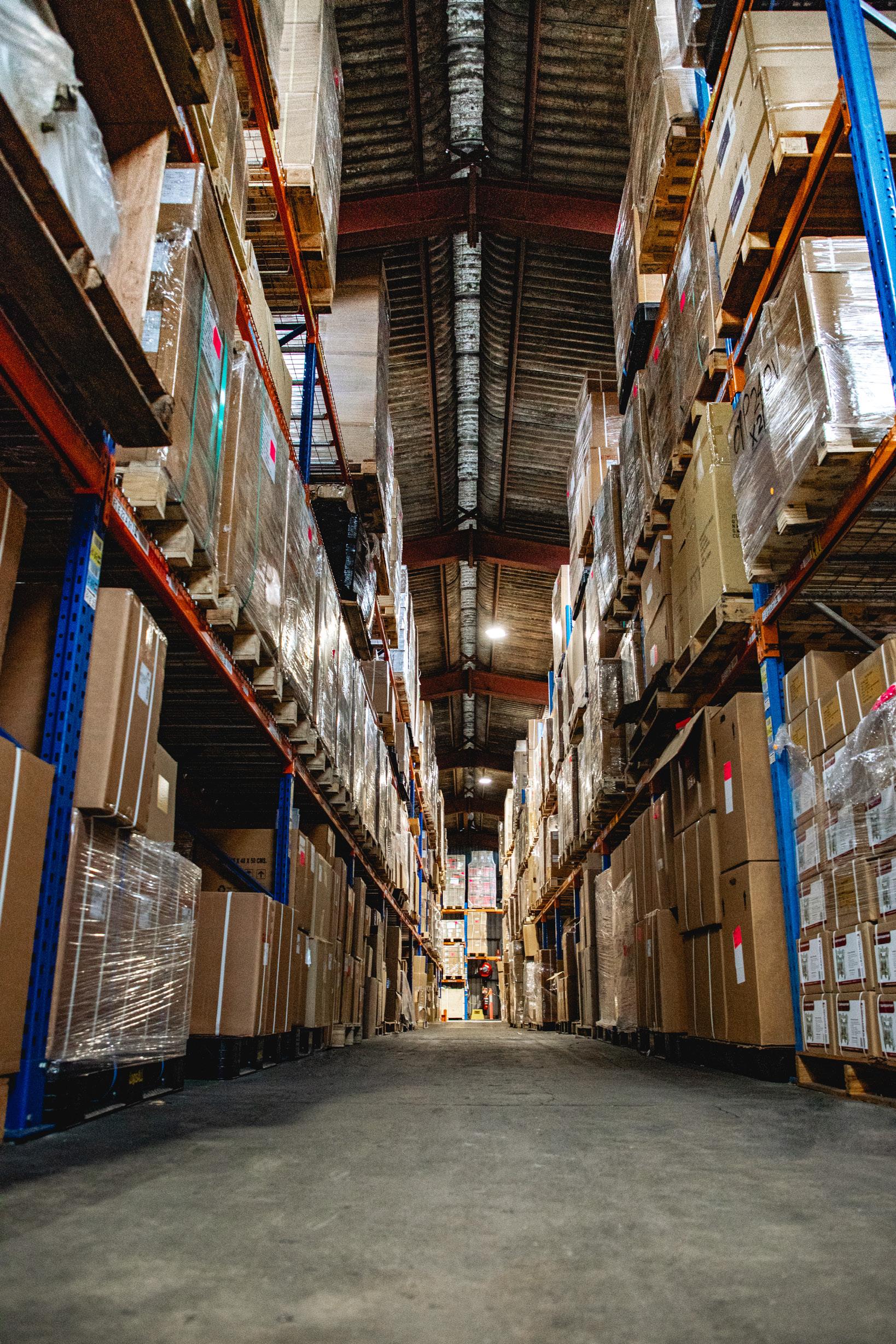ISSUE 48 JULY 2022
THE VOICE OF THE NEW ZEALAND AUTOMOTIVE INDUSTRY
DRIVEN BY PASSION FOR 100 YEARS
Macnaught backs growth in New Zealand
THE AUSTRALIAN-BASED GLOBAL MANUFACTURER OF FLUID AND LUBRICATION EQUIPMENT IS SET TO RAMP UP ITS PRESENCE IN NEW ZEALAND FROM ITS FIRST HYBRID DISTRIBUTION CENTRE HERE
M
acnaught’s New Zealand national business development manager, Brad Pailthorpe, says the company is changing its business model on this side of the Tasman, taking over from a thirdparty logistics supplier which was delivering orders from a supply base in Sydney, to better manage supply to a growing number of local customers. The company was always keen to grow its customer base and increase sales volumes in New Zealand, but the challenges of doing this while shipping through a third-party logistics arrangement have only increased in the wake of Covid’s impact on logistics globally. Macnaught now sees managing distribution in the country, with a new partner in courier and freight services, as the best way to take the next step in customer service in New Zealand.
CONTINUED ON PAGE 4
APPLY TO GLASS. DEFY THE ELEMENTS.
OUTSMART THE ELEMENTS™ Visit rainx.co.nz
Available from leading automotive and hardware retailers.
1








